How to Say Hello in Korean // It's Not As Simple As It Sounds
Hello in Korean 👋🏽 A Guide to Informal & Formal Situations
If you’re just starting out in learning Korean, the first thing you need to know is how to say hello in Korean.
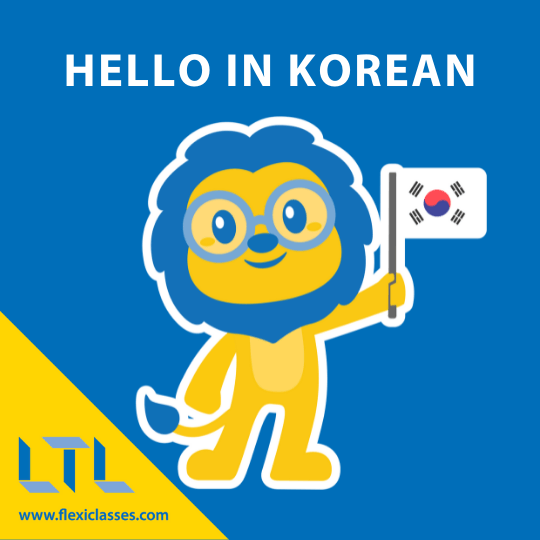
Now, whilst in English this is relatively easy, and wouldn’t require 1,000+ words to explain, in Korean, it’s not as easy as it seems.
That’s because there are multiple forms of “hello” in this language.
Why?
Because a different version is used depending on who you are speaking to.
Take a look – here are the four most common ways of saying hello in Korean which we’ll be focusing on today.
- 안녕 [annyeong] – Informal Hello
- 안녕하세요 [annyeonghaseyo] – Formal Hello
- 안녕하십니까 [annyeonghasimnikka] – Very Formal Hello
- 여보세요 [yeoboseyo] – Saying Hello on the Phone
What’s the difference between these greetings? After all, aren’t they just saying the same thing?
Korean is an intricate language with different levels of formal speech, so the type of “hello” you use differs based on who you’re speaking to.
You wouldn’t greet your boss or co–workers the same you would greet a friend or family member.
Age, social status, and level of closeness all factor into it. For new Korean language learners, it can be a challenge.
Sounds complicated? Don’t worry – we’re here to explain.
Hello in Korean | 안녕 annyeong
Hello in Korean | 안녕하세요 annyeonghaseyo
Hello in Korean | 안녕하십니까 annyeonghasimnikka
Hello in Korean | 여보세요 yeoboseyo
Hello in Korean | Don’t Be Scared!
Hello in Korean | FAQ’s
Hello in Korean | 안녕
The basic way to say “hello” in Korean is 안녕 [annyeong].
This is the informal hello.
But just because it’s the most basic form doesn’t mean it’s always appropriate to use.
안녕 [annyeong] indicates a certain level of closeness between the speakers. It’s most commonly used among friends and family members.
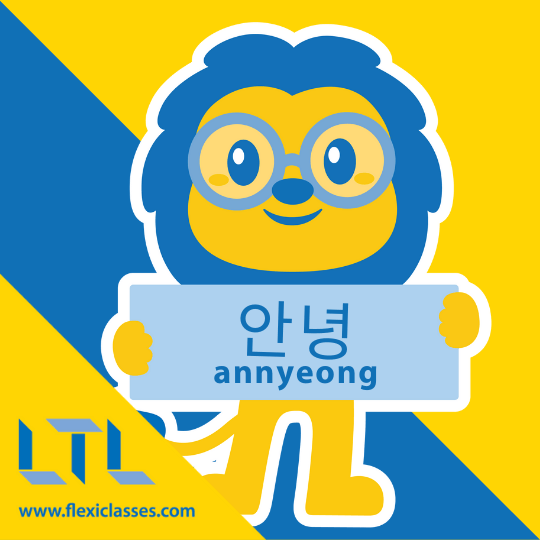
If you use 안녕 [annyeong] with someone you just met or someone you only have a casual relationship with, it can be considered rude.
You are presuming a level of intimacy that may not exist.
Using 안녕 [annyeong] can also be perceived as “talking down” to someone of a lower status.
That’s why it’s often used to address children. As an adult, you’re considered to be of a higher status than them.
However, using 안녕 [annyeong] on other adults can be considered condescending. It can be misinterpreted as you setting yourself above them, as if they were a child.
In short, you should only use 안녕 [annyeong] with friends, family, and children.
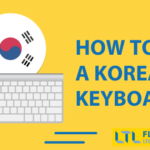
How to Use a Korean Keyboard // A Super Simple Guide
How to use a Korean Keyboard // Learn all the tips and tricks. There are two different types of Korean keyboards, 2-Set Korean and 3-Set Korean.
Hello in Korean | 안녕하세요
The proper way to say “hello” in Korean is 안녕하세요 [annyeonghaseyo].
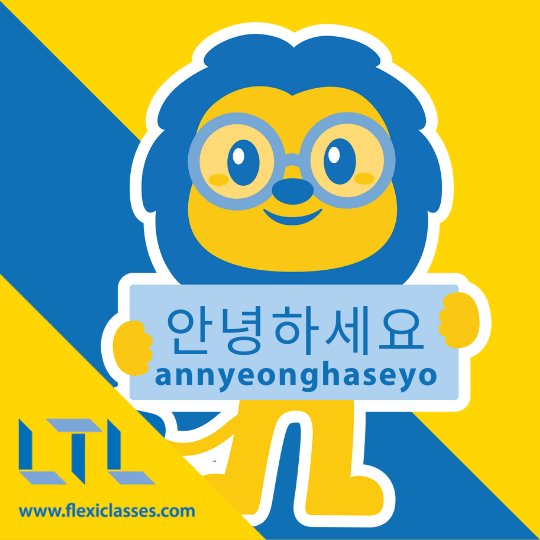
This is the formal hello.
It’s similar to the informal hello listed above, and that’s because it’s a modification of that very same word.
안녕 [annyeong] is the base word that means “hello.”
Adding 하세요 [haseyo] to the end of certain words adds an extra layer of formality. Which is certainly the case here.
In other words, 안녕하세요 [annyeonghaseyo] is simply a more polite form of the word 안녕 [annyeong].
In Korean, 안녕하세요 [annyeonghaseyo] is the default way of greeting someone for the first time.
It lets people know that you’re a well–mannered adult who wants to start off on the right foot.
You should use 안녕하세요 [annyeonghaseyo] to greet shopkeepers, waiters, tour guides, hotel staff, and just about anyone you meet out on the street.
It’s also used to greet bosses, co-workers, and clients – anyone you might have a working relationship with.
In short, use 안녕하세요 [annyeonghaseyo] to greet other adults. Eventually, you might get comfortable enough with someone to start using the more informal 안녕 [annyeong].
But until then, it’s 안녕하세요 [annyeonghaseyo] all the way. When in doubt, default to this greeting.

Korean Words in English // New Words in The Oxford English Dictionary (for 2022)
It was revealed in late 2021 that 26 Korean words have been added to Oxford English Dictionary. Discover each and every one (plus their meaning) now.
Hello in Korean | 안녕하십니까
The very formal way of saying “hello” in Korean is 안녕하십니까 [annyeonghashimnikka].
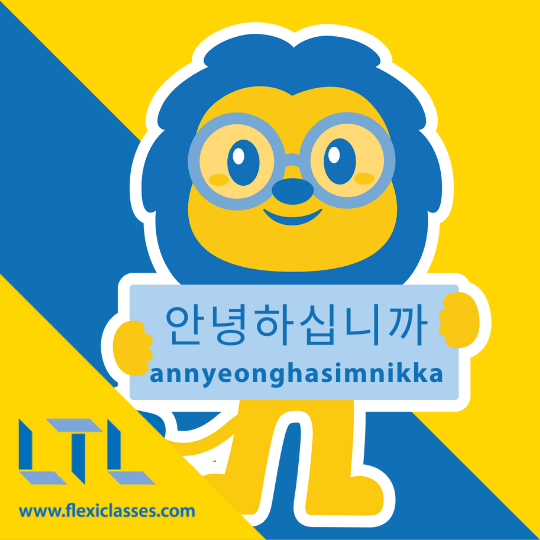
You won’t be using this one as much, but it’s still good to know.
안녕하십니까 [annyeonghashimnikka] is also a modification of the informal hello listed above.
It starts with the base word 안녕 [annyeong] and then adds on 하십니까 [hashimnikka] at the end.
Adding 하십니까 [hashimnikka] to the end of certain words adds a very heightened level of formality.
This makes 안녕하십니까 [annyeonghashimnikka] the most formal version of “hello” that is used nowadays in Korea.
Whilst it’s rarely used compared the other forms listed above, you’ll still hear it from time to time.
Announcers on TV may use it to introduce themselves during official broadcasts. A co-worker might start with it during an important work presentation. Salespeople in high-end department stores may greet you this way. It’s also often used in the Korean military.
Other times, people will use 안녕하십니까 [annyeonghashimnikka] when they want to be extra polite or welcoming.
Don’t feel pressured to use this form of greeting.
Most Koreans don’t use it in their day-to-day lives. But now that you know which contexts it’s used in, you won’t be taken by surprise when it does pop up.
Hello in Korean | 여보세요
There’s a particular word in Korean for saying “hello” on the phone. That word is 여보세요 [yeoboseyo].
However, there’s a big caveat. You don’t always use it.
In Korean, you use 여보세요 [yeoboseyo] to greet someone on the phone if you don’t know who they are.
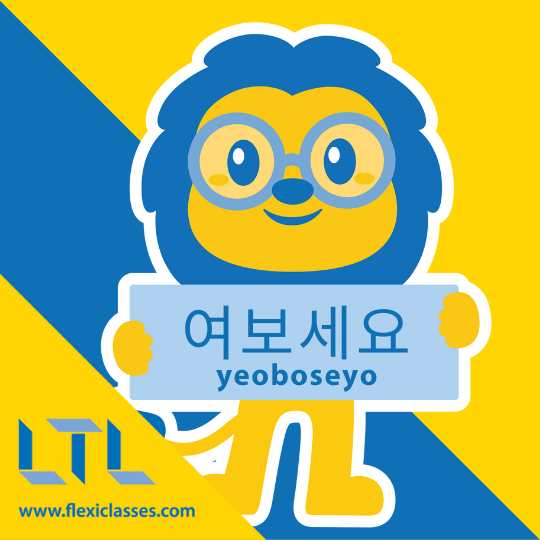
It’s offering your greetings, but it also indicates you’re not sure of who’s on the line.
That lets the other person know that they should introduce themselves, to make it clear who they are.
Think of it as a way of saying hello while asking who it is at the same time. Effective, isn’t it?
You should use 안녕 [annyeong] and 안녕하세요 [annyeonghaseyo] on the phone when you do know who you’re talking to.
But if you’re unsure, then use 여보세요 [yeoboseyo] instead.
Hello in Korean | Don’t Be Scared
Now you know the most common ways of saying hello in Korean!
It may seem that using hello in Korean may be more complicated than in your native language, but don’t worry. Just remember who you are speaking to and go with it.
Feeling any fear?
Don’t! Practice is what makes us perfect, and that counts double in regards to language learning.
The more you practice your Korean, the more naturally it will come to you, and soon you will be able to switch between these greetings with ease.
Just refer to this easy guide of what type of “hello” to use with what person, and you can’t go wrong.
- 안녕 [annyeong], the informal hello – Friends, family, children
- 안녕하세요 [annyeonghaseyo], the formal hello – Adults who are not friends or family
- 안녕하십니까 [annyeonghasimnikka], the very formal hello – Adults you want to show a very high level of respect to
- 여보세요 [yeoboseyo] – Someone you don’t know over the phone
If you want to learn more about this subject, or if you’re just curious about Korean language learning in general, check out our catalog of online Korean classes.
We offer classes for beginners, classes for advanced learners, and classes for children alongside courses in Japanese, Mandarin, Vietnamese and others as well!

The Korean Alphabet | A Complete and Definitive Guide to Hangul 한글
Learning Korean? Need to understand the Korean Alphabet? This complete guide will tell you everything about the 14 consonant letters and 10 vowels of Hangul
Speaking of other languages, wouldn’t it be cool to know how to say hello in some other languages too?
Well, you’re in luck!
- Discover how to say hello in Mandarin with 20 different phrases!
- Learn these basic Japanese greetings.
- Discover the formal and informal ways of saying hello in Vietnamese.
We love teaching languages and imparting our wisdom on our amazing set of driven and determined students and we’d love to see you join us too!
Come along and join the fun, 24 hours a day, 7 days a week!




Hello in Korean // FAQ’s
What is the most common way to say Hello in Korean?
In Korean, 안녕하세요 [annyeonghaseyo] is the default way of greeting someone for the first time.
What is the most formal way to say Hello in Korean?
The very formal way of saying “hello” in Korean is 안녕하십니까 [annyeonghashimnikka].
You won’t be using this one as much, but it’s still good to know.
안녕하십니까 [annyeonghashimnikka] is also a modification of the informal hello listed above.
It starts with the base word 안녕 [annyeong] and then adds on 하십니까 [hashimnikka] at the end.
Adding 하십니까 [hashimnikka] to the end of certain words adds a very heightened level of formality.
This makes 안녕하십니까 [annyeonghashimnikka] the most formal version of “hello” that is used nowadays in Korea.
How can I say Hello to friends and family in Korean?
The basic way to say “hello” in Korean is 안녕 [annyeong].
This is the informal hello.
But just because it’s the most basic form doesn’t mean it’s always appropriate to use.
안녕 [annyeong] indicates a certain level of closeness between the speakers. It’s most commonly used among friends and family members.
If you use 안녕 [annyeong] with someone you just met or someone you only have a casual relationship with, it can be considered rude.
Is there more than one way to say Hello in Korean?
Yes, there is! In fact there are four common ways to say Hello in Korean you should know.
But why?
Korean is an intricate language with different levels of formal speech, so the type of “hello” you use differs based on who you’re speaking to.
You wouldn’t greet your boss or co-workers the same you would greet a friend or family member.
Age, social status, and level of closeness all factor into it. For new Korean language learners, it can be a challenge but don’t worry, we are here to explain in this article!
How should I say Hello on the phone in Korean?
There’s a particular word in Korean for saying “hello” on the phone. That word is 여보세요 [yeoboseyo].
However, there’s a big caveat. You don’t always use it.
In Korean, you use 여보세요 [yeoboseyo] to greet someone on the phone if you don’t know who they are.
It’s offering your greetings, but it also indicates you’re not sure of who’s on the line.
That lets the other person know that they should introduce themselves, to make it clear who they are.
Want More From LTL?
FANCY LEARNING KOREAN? Check out our online Korean courses here.
We offer a 7-day free trial to all online students where you can study Korean 24/7.
Want to study Korean in Korea instead? Our Korean courses in Seoul can either be taken in small groups of no more than 5 students or individually for a more tailored experience.
We even offer incredible homestay experiences in Seoul too.
To top it all off, it certainly doesn’t end with Korean. Check out the other languages we teach 👇🏻









